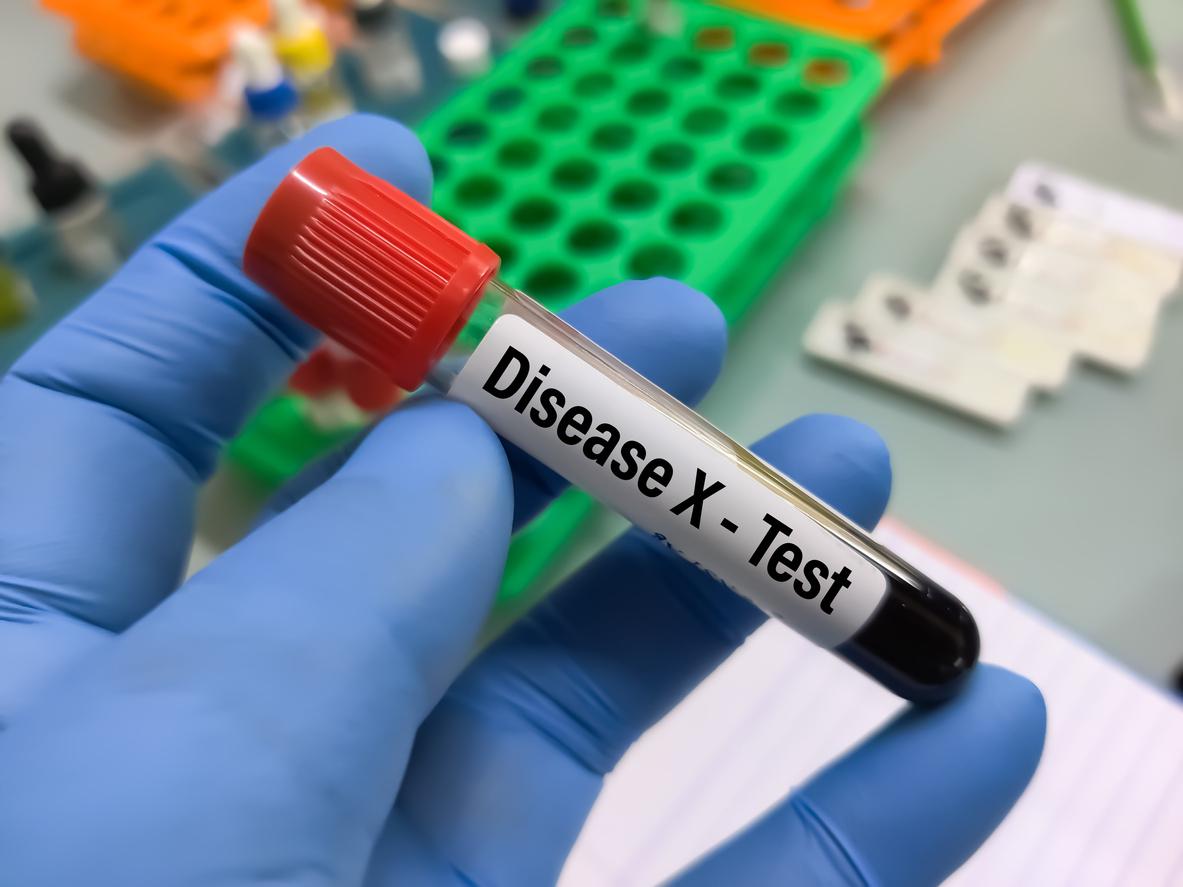In twenty years, the number of young people aged 10 to 17 suffering from Crohn’s disease has more than doubled*. And this condition is exploding in emerging countries such as South Africa, India, the Maghreb countries, China… In this chronic inflammation of the intestine, the diarrhea are often accompanied by fatigue, weight loss, slowed growth or delayed puberty. In 20% of cases, it is associated with joint pain, canker sores in the mouth, a red eye.
A diagnosis based on several examinations
One hundred and fifty predisposition genes have been identified, but “they weigh little in the origin of the disease”, assures Professor Pierre Desreumaux, gastroenterologist. In addition, environmental factors are needed to unbalance the gut microbiota and cause this inflammatory reaction. the smoking (including passive) and the frequent use ofantibiotics during childhood are contributing factors. There are undoubtedly others, such as food or pollution, but the evidence is lacking. A blood test for CRP (C-reactive protein) or faecal calprotectin is requested. “This examination is more reliable, but not covered by Social Security, so it is not prescribed much,” laments the gastroenterologist (it costs 80 to 150 €). Explorations (colonoscopy, oesogastro-duodenal fibroscopy, entero-MRI or entero-scan) make it possible to visualize the different parts of the intestine and confirm the diagnosis.
Not a diet but a treatment
In attack treatment, the youngster is fed for a few days via a tube which delivers a special preparation into the stomach. Then, there is no need to remove foods: no diet can prevent disease or flare-ups. It is even necessary to eat more, by splitting the meals if necessary, in order to have a good caloric intake. At most, during flare-ups, can milk be replaced by yogurts and cheese. As soon as the weight is regained, drugs are prescribed (immunosuppressants or biotherapies in injection) to slow down the inflammation and prevent further flare-ups. “They are more effective than before, with fewer side effects, but you have to take them for life,” says Professor Desreumaux. That’s the whole difficulty. When the disease seems dormant, the young person may be tempted to interrupt his treatment. Participating in therapeutic education workshops, support groups or art therapy sessions is helpful. Only good compliance with the treatment can allow you to lead an almost normal life, to follow your education, to play sports… until one day, perhaps, this pathology can be cured!
*According to the Epimad Hauts de France register, unique in the world.
More informations
A foundation
DigestScience is dedicated to research, care, education and information on diseases of the digestive tract and nutrition. www.digestscience.com
An association
The François Aupetit association supports and informs patients. It also funds research.
Phone. : 0 811 091 623 (mici info service number). www.afa.asso.fr
A support
MICI Connect is the first personalized support platform created by and for Crohn’s patients, with information, a practical health record, quizzes… www.miciconnect.com
An application
Created by a doctor, Dr MICI allows you to self-assess your disease and improve your daily care. Free on App Store (and soon on Google Play).
Read also:
A web series to explain IBD
Infographic: do you know IBD?
Crohn’s disease: what diet to adopt?


















